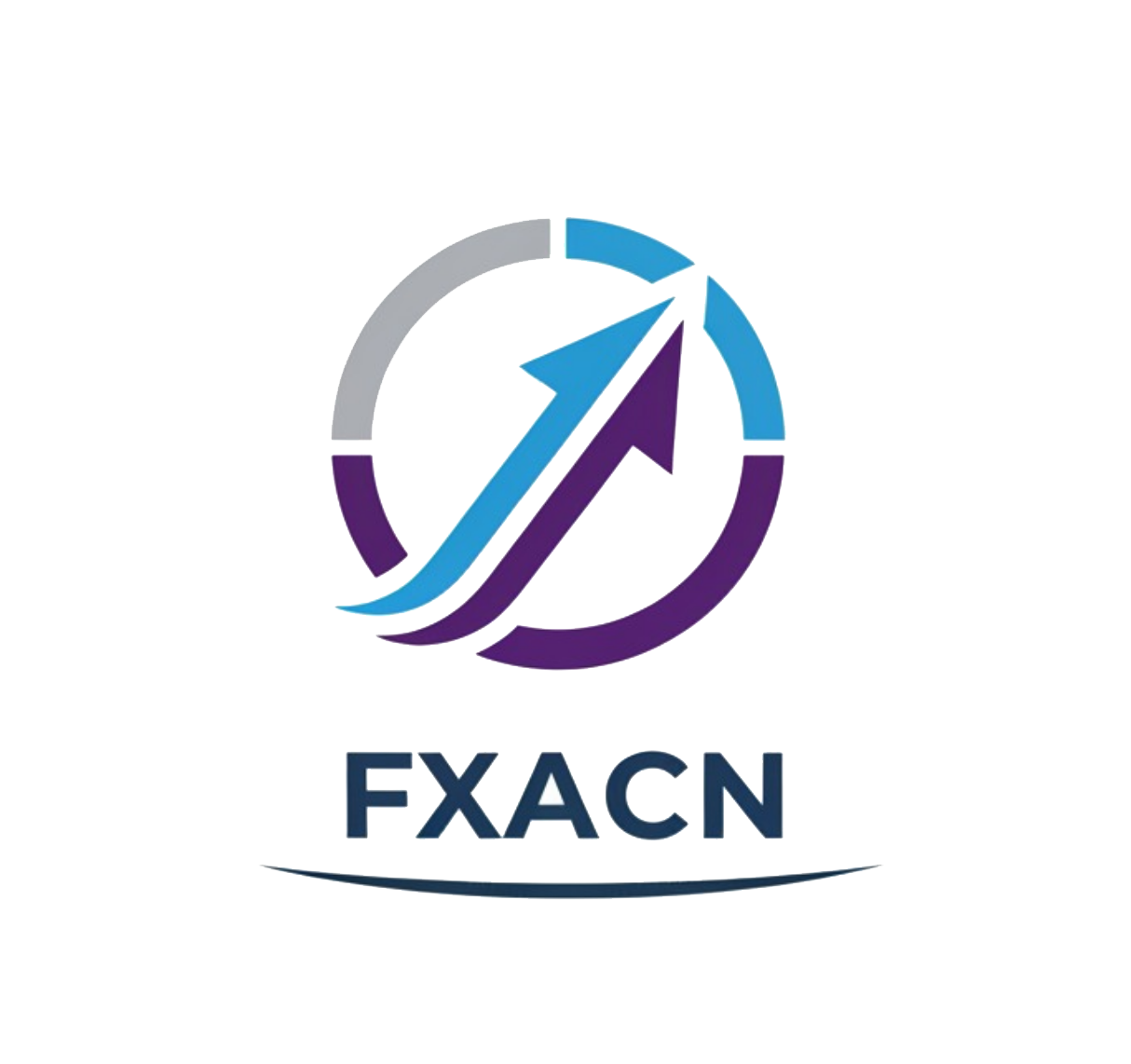Introduction
Oanda is a well-established forex broker founded in 1996, operating across multiple global markets including North America, Europe, and Asia. It has become notable in the forex trading landscape, offering a diverse range of currency pairs and trading instruments. As forex trading continues to gain popularity among retail investors, it is crucial for traders to conduct thorough evaluations of their chosen brokers. This helps ensure the safety of their investments and adherence to regulatory standards. In this article, we will take a comprehensive look at whether Oanda is a safe trading platform or if there are any red flags for potential traders. Our evaluation will incorporate regulatory standings, company background, trading conditions, customer feedback, and overall risk assessments.
Regulation and Legitimacy
One of the most significant factors when choosing a forex broker is its regulatory status. Oanda is regulated by several top-tier authorities, which adds a layer of credibility and security for its clients. Regulation ensures that brokers adhere to stringent financial standards, thereby safeguarding user funds and responsible business practices. Below is a summary of Oanda’s regulatory information:
| Regulatory Body | License Number | Jurisdiction | Verification Status |
|---|---|---|---|
| Financial Conduct Authority (FCA) | 542574 | United Kingdom | Verified |
| Commodity Futures Trading Commission (CFTC) | 0325821 | United States | Verified |
| Australian Securities & Investments Commission (ASIC) | 412981 | Australia | Verified |
| Monetary Authority of Singapore (MAS) | 200704926K | Singapore | Verified |
| Canadian Investment Regulatory Organization (CIRO) | 09-0280 | Canada | Verified |
| Financial Services Agency (FSA) | 2137 | Japan | Verified |
The regulatory quality of these authorities is generally high, with the FCA and ASIC recognized for their rigorous oversight. However, Oanda has had past regulatory disclosures, including a 2021 fine by the National Futures Association (NFA) for not submitting accurate reports, showcasing that while it is regulated, it has encountered compliance issues. Overall, Oanda’s regulated status primarily assures its legitimacy, as it is held accountable to strict financial standards. This aspect leads us to lean towards the conclusion that Oanda is indeed safe, despite some lapses in past compliance.
Company Background Investigation
Oanda’s history is marked by its pioneering role in transforming forex trading through technological advancements. The company was co-founded by Dr. Richard Olsen, an economist, and Dr. Michael Stumm, a computer scientist, who envisioned an accessible online trading platform. Over the years, Oanda has expanded, establishing offices in key financial hubs such as Toronto, New York, Tokyo, and London.
The company’s ownership shifted when CVC Capital Partners acquired Oanda in 2018, which infused additional resources into its operations. The management team includes experienced professionals from the financial market, enhancing corporate governance and strategic direction. Oanda is known for transparency and regularly discloses its financial statements to regulators, ensuring accountability.
Despite its strengths, the broker’s extensive history also invites scrutiny. In the past, Oanda has faced criticisms regarding its trading conditions and execution speeds during times of high market volatility. Nevertheless, its reputable backing from well-established financial authorities like the FCA, CFTC, and ASIC contributes to a reassuring conclusion that Oanda generally operates within a safe context for traders seeking forex and CFD trading opportunities.
Trading Conditions Analysis
When evaluating Oanda’s trading conditions, it is vital to look at its fee structures and policies. Oanda employs a spread-only pricing model without additional commission fees, which is mostly favorable for traders. Below is a comparison of Oanda’s core trading costs against the industry average:
| Fee Type | Oanda | Industry Average |
|---|---|---|
| Major Currency Pair Spread | From 0.6 pips | 0.5 – 1.0 pips |
| Commission Model | No commission | Varies (Often additional) |
| Overnight Interest Range | -2.03% (Long) | -1.9% to -2.5% |
Oanda’s spreads for popular trading pairs, such as the EUR/USD, typically start around 1 pip, which is close to the industry average but may not be the lowest available. Additionally, the absence of commission for a standard account makes Oanda appealing to casual traders. However, they do impose an inactivity fee after an account has been dormant for 12 months, which other brokers may not charge.
Oanda’s transparent cost structures and absence of hidden fees support claims that it operates safely. However, traders should be vigilant about the inactivity fees if they plan to trade sporadically. Overall, Oanda’s trading conditions are competitive, supporting a primarily safe trading environment for traders focusing on forex and CFDs.
Customer Fund Safety
The safety of customer funds is paramount in assessing whether Oanda is a safe broker to use. Oanda implements several protective measures for client funds. All customer funds are segregated from corporate funds, held in top-tier bank accounts to mitigate risks associated with broker insolvency.
Additionally, the broker provides negative balance protection, meaning that clients cannot lose more money than they deposited, adding an extra layer of security. However, U.S. clients do not benefit from this in some circumstances, limiting protections under certain regulatory frameworks. Any past security incidents involving Oanda appear limited, without notable major controversies reported that would substantially undermine its safety measures.
Customer Experience and Complaints
Numerous reviews and user feedback provide insight into Oanda’s customer experiences. While the overall reception is mixed, with many appreciating its robust platform and tools, some complaints focus on customer service responsiveness and specific trading conditions.
The major types of complaints reported include:
| Complaint Type | Severity | Company Response |
|---|---|---|
| Slow withdrawal process | Medium | Typically resolved within 2-3 days |
| Technical issues during trading | High | Rigorous troubleshooting offered |
| Inactivity fees | Medium | Users advised before charges incur |
For example, some users reported challenges with withdrawal delays, leading to frustrations concerning access to funds. However, Oanda has made efforts to address these incidents, indicating that they are responsive to complaints once raised. While Oanda does have some negative feedback and complaints, it still maintains a generally positive view among many users, suggesting that it is reasonably safe for traders, albeit with a few potential hiccups.
Platform and Execution
Oanda’s trading platforms, including its proprietary platform and MetaTrader 4, are designed for reliability and user-friendliness. Users report that the execution quality is generally high, with average order execution speeds being less than a second during normal market conditions.
However, some traders have voiced concerns during periods of volatility, suggesting instances of increased slippage and re-quotes, which may indicate potential manipulation during sensitive trading times. It’s important for traders to remain alert to these factors, especially during major market events.
Risk Assessment
Utilizing Oanda for trading does carry risks that all traders should be aware of. Here’s a comprehensive risk assessment for Oanda:
| Risk Category | Risk Level | Brief Description |
|---|---|---|
| Market Risk | High | Fluctuations can drastically affect returns. |
| Regulatory Risk | Medium | Change in regulations could impact operations. |
| Execution Risk | Medium | Potential delays during volatile market conditions. |
| Fund Remittance Risk | Low | Minor complaints but overall adequate. |
Mitigating risks involves employing sound trading practices, such as utilizing stop-loss orders, diversifying investments, and staying informed about market conditions. For traders prone to high volatility, safeguarding their accounts with lower leverage can also be a prudent approach to mitigate potential losses.
Conclusion and Recommendations
In conclusion, Oanda appears to be a legitimate forex broker with a considerable foundation in regulatory compliance and customer protection. While there have been some past compliance issues, the firm has taken steps to maintain safety practices that protect client funds, making Oanda generally safe for traders. There are some complaints and areas for improvement, particularly regarding customer service responsiveness and handling withdrawals, but these do not significantly diminish its overall reliability.
For novice traders or those trading with smaller capital, Oanda offers an accessible entry into the forex market without a minimum deposit requirement. However, those seeking extended support or advanced trading features may wish to explore other robust options as alternatives.
If you are considering using Oanda, it is advisable to actively monitor your full trading experience and be aware of any evolving conditions related to fees, trading policies, and customer support. With diligent attention and strategic trading approaches, users can mitigate risks and utilize Oanda safely.


